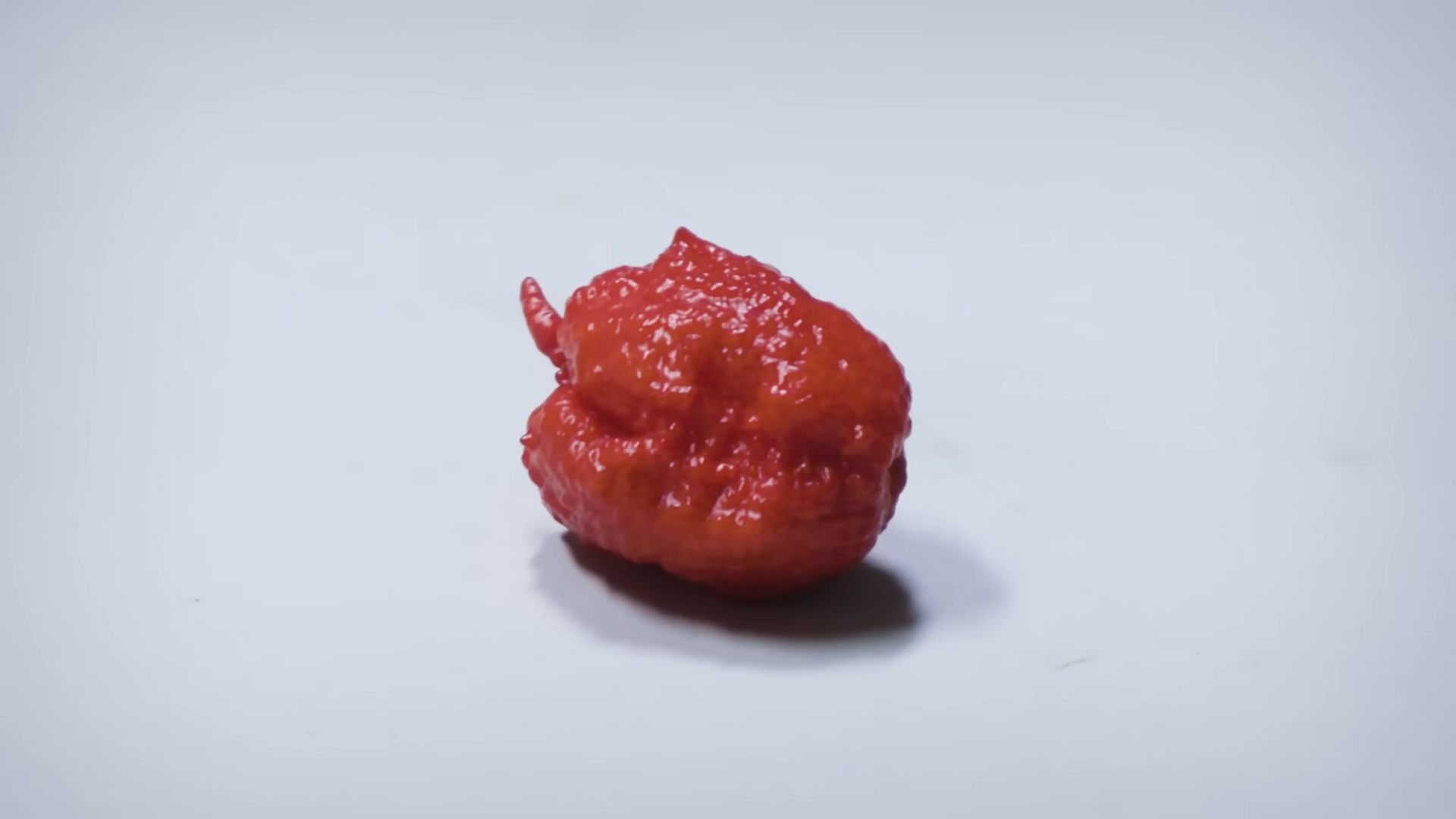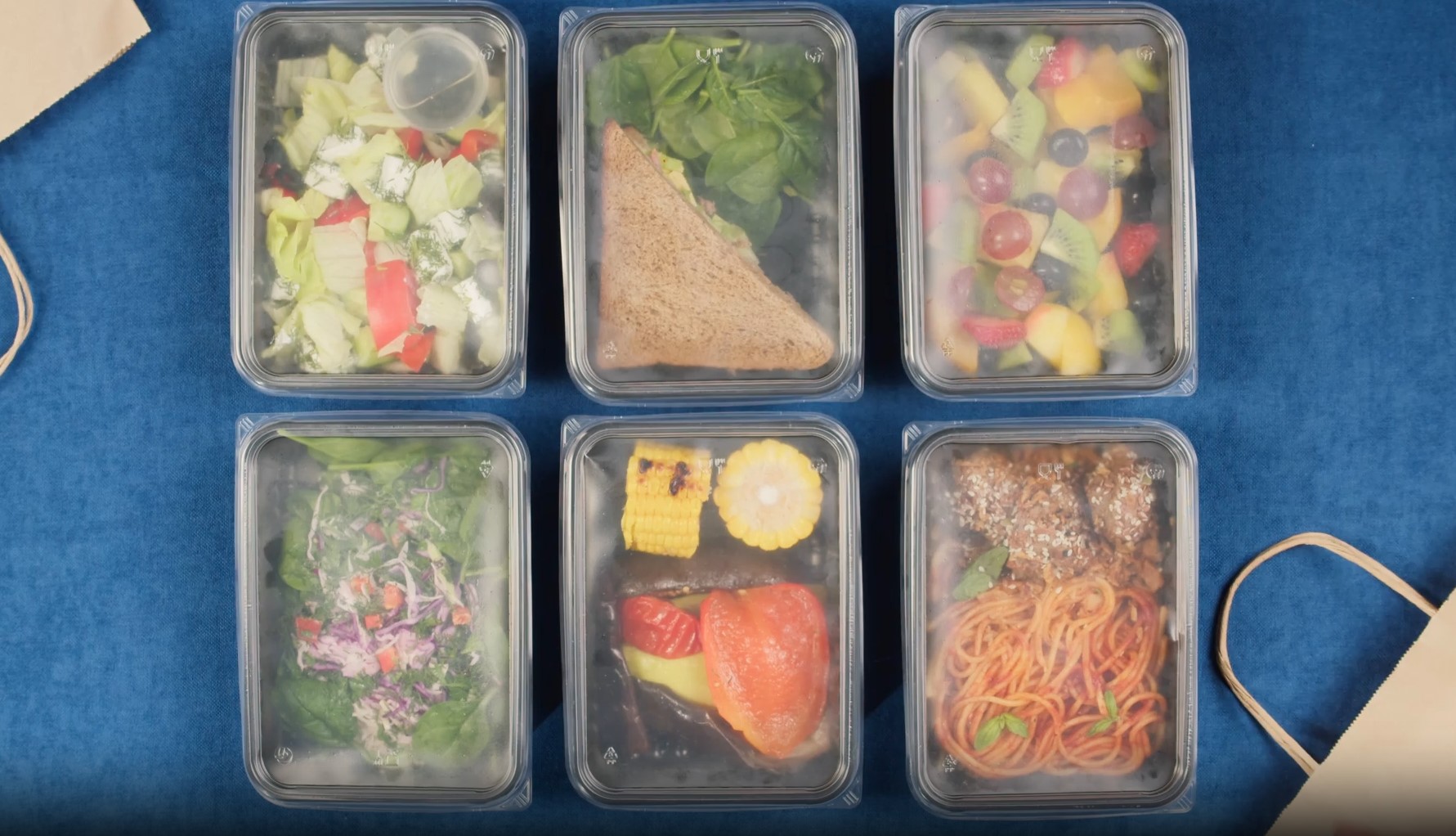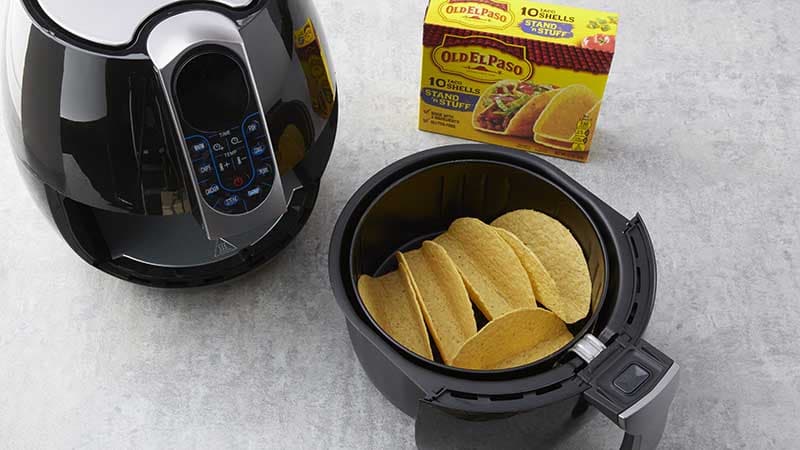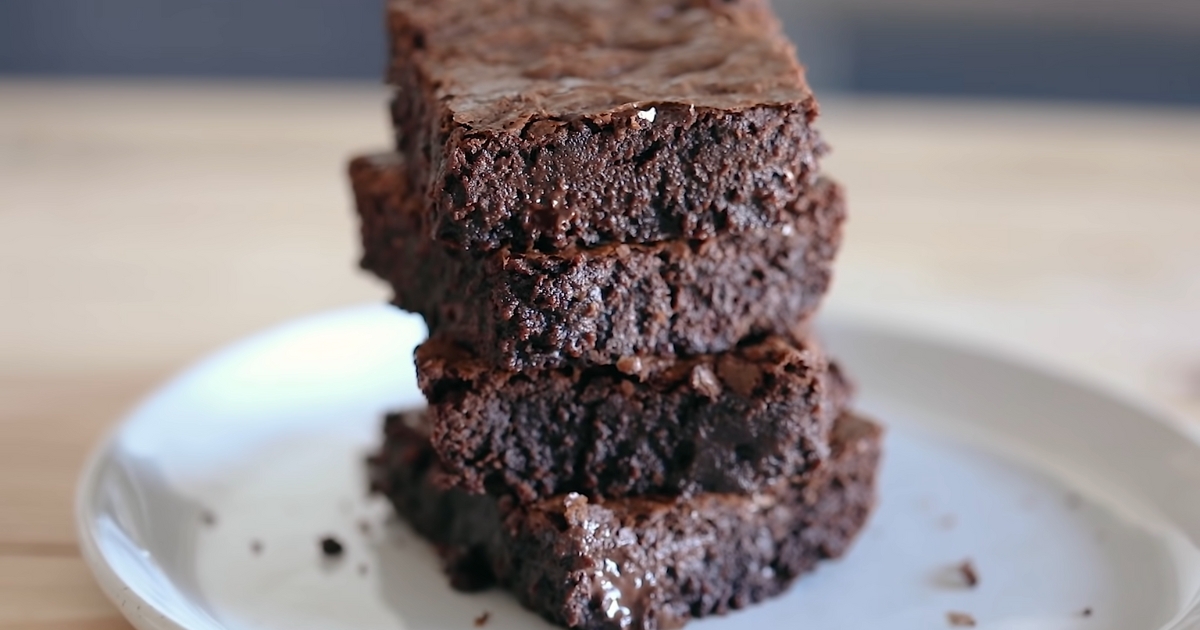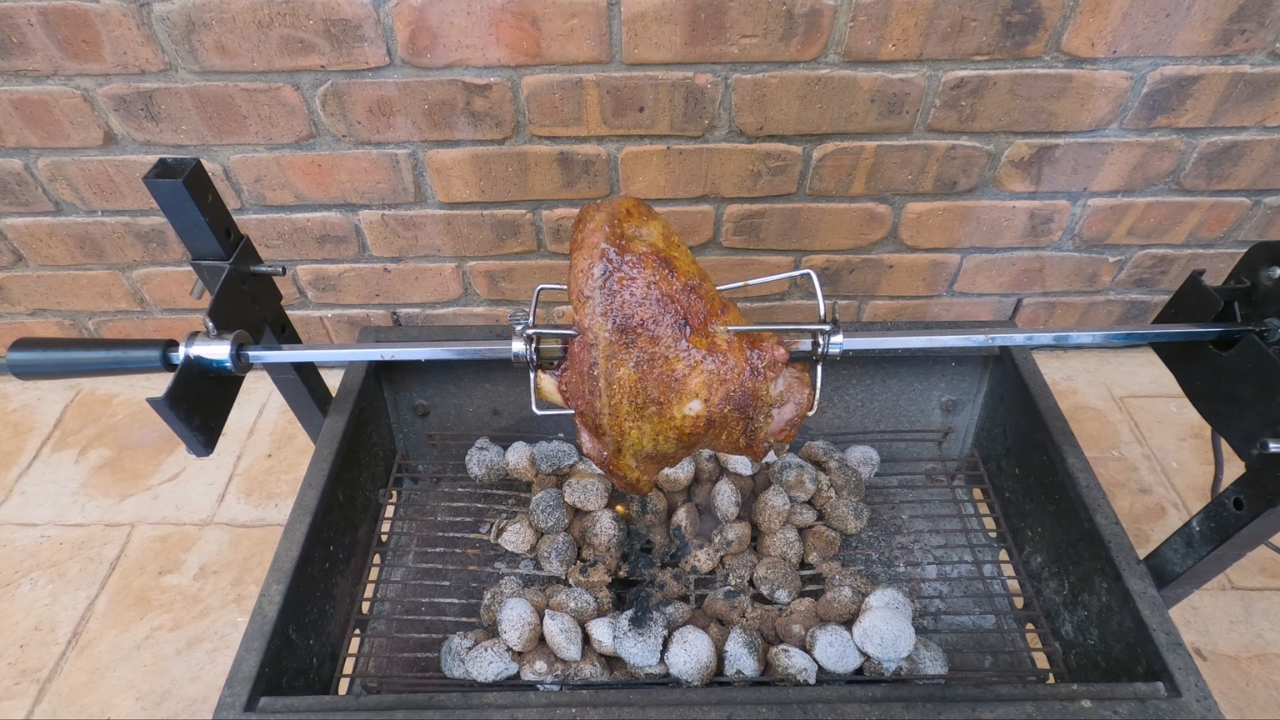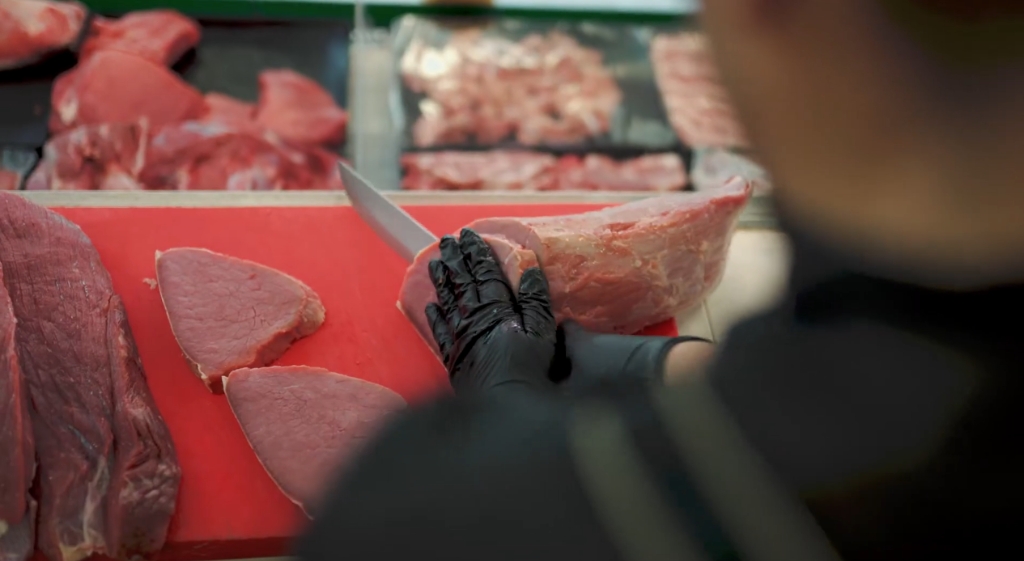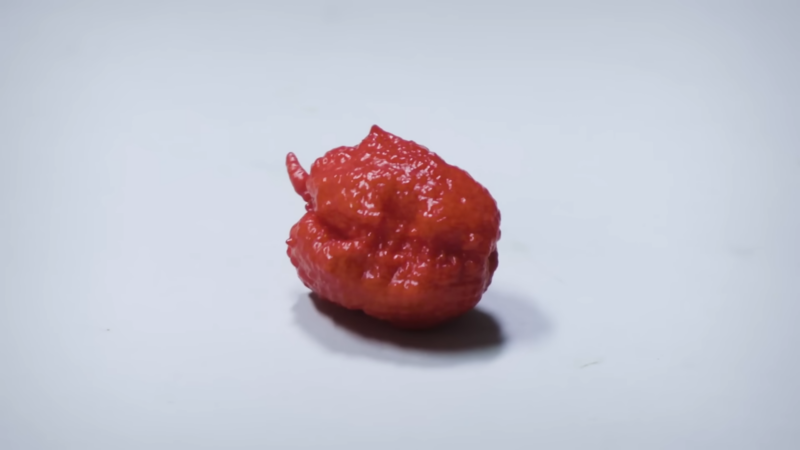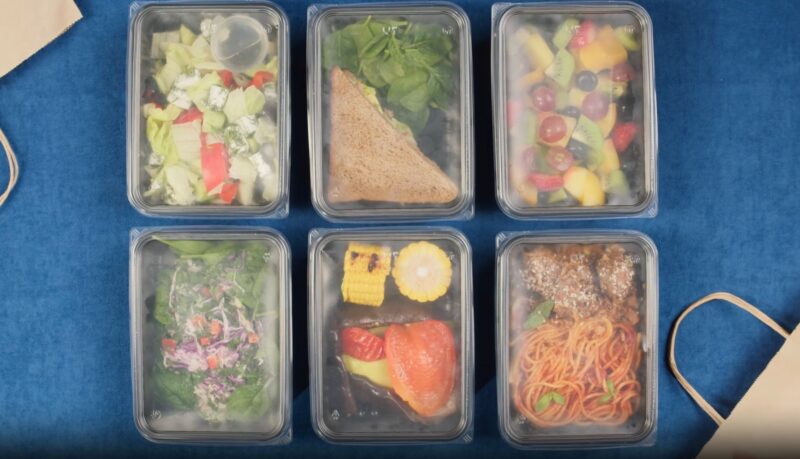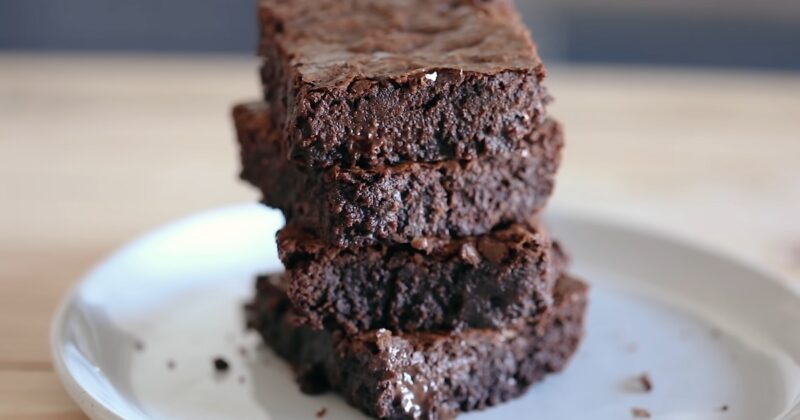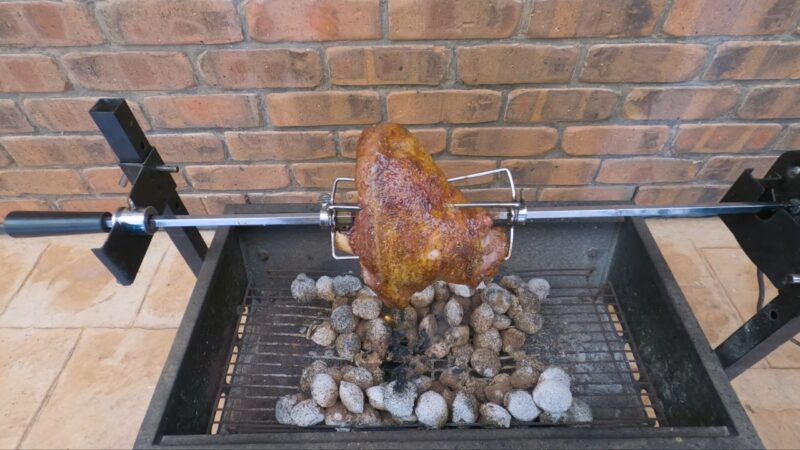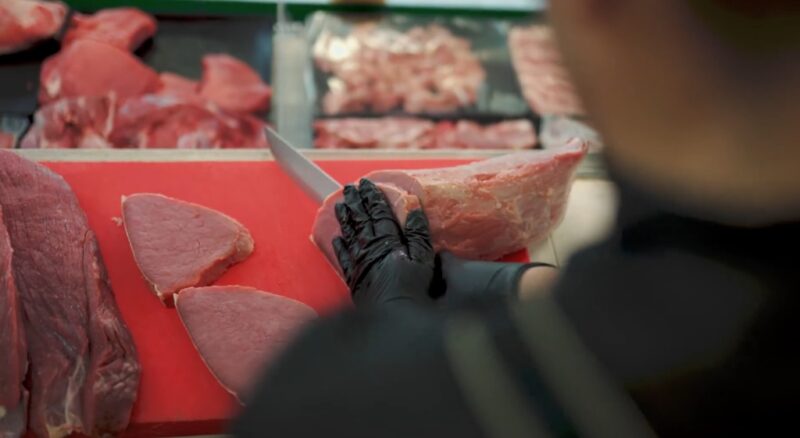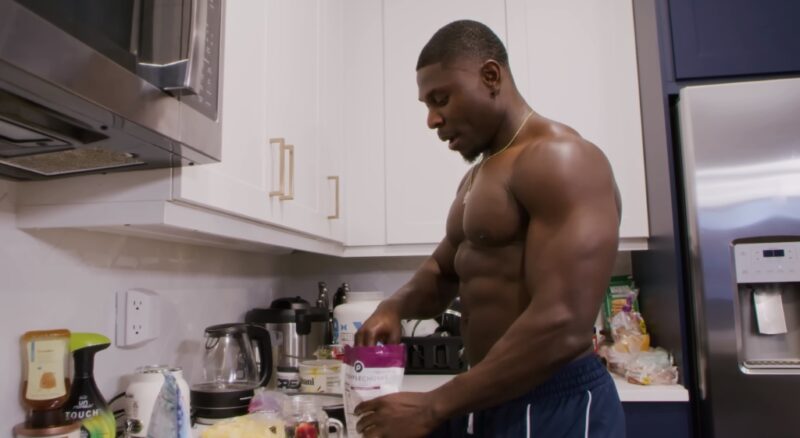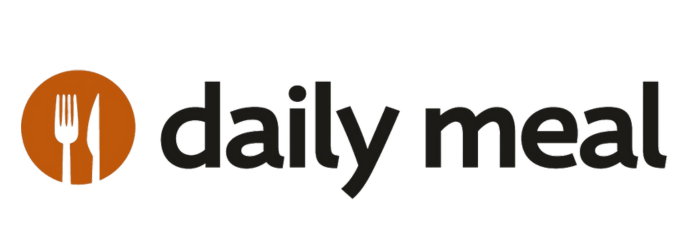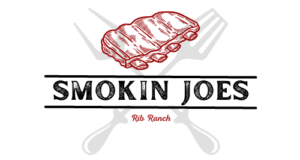
Ah, brisket – the centerpiece of many memorable gatherings and feasts I’ve hosted over the years. There’s something undeniably special about this cut of meat, from its rich flavor to the way it brings people together.
But one question that often stumps many, including myself in the early days, is: “How much brisket do I actually need for my guests?” It’s a valid concern, as no host wants to face the embarrassment of running out of food, nor do they want excessive leftovers.
Table of Contents
ToggleHow Should You Serve Brisket?
Determining the right amount of brisket per person is essential for any gathering to ensure every guest leaves satisfied. Brisket, known for its rich flavor and tenderness, can be quite filling, but it’s also prone to shrinkage during cooking, which must be accounted for when planning portions.
- Raw Brisket Serving Size
- Before Cooking: When purchasing brisket, aim for about 1/2 to 3/4 pound (8 to 12 ounces) of raw meat per person. This accounts for the weight loss during the cooking process, where brisket can lose up to 40-50% of its weight due to fat rendering and moisture loss.
- Boneless vs. Bone-In: Since brisket is typically sold boneless, the 1/2 to 3/4 pound recommendation should suffice. If you ever come across a bone-in brisket, you’d need to increase the amount slightly.
- Cooked Brisket Serving Size
- After Cooking: Once cooked, a general guideline is to serve about 1/3 to 1/2 pound (5 to 8 ounces) of meat per person. This amount takes into consideration the shrinkage that occurs and provides a satisfying portion for most adults.
- Appetite and Setting: Consider the appetite of your guests and the setting of the meal. For a heavier meal with numerous side dishes, you might lean towards the smaller end of the range. For meat lovers or if brisket is the star of the meal with fewer sides, aim for the higher end.
Planning
When it comes to hosting a barbecue or a family gathering, one of the most common questions that arise is about the quantity of meat required. Especially when the star of the show is a delicious cut of beef.
Factors to Consider
Before you head to the butcher or supermarket, there are a few factors you should keep in mind.
These will help you determine the right amount of meat to purchase:
- Type of Eaters: Are your guests big eaters or more on the moderate side? Knowing your audience is key.
- Side Dishes: The number and type of side dishes you plan to serve can influence the main course’s quantity.
- Leftovers: If you’re looking forward to next-day sandwiches or other dishes, you might want to buy a bit extra.
Bone-in vs. Boneless
The presence or absence of bones in your meat can significantly impact the quantity you need. Bone-in cuts tend to weigh more but offer less edible meat. On the other hand, boneless cuts might be pricier but will provide more servings per pound.
- Bone-in: For bone-in cuts, you should account for the weight of the bone. A good rule of thumb is to plan for 1/2 to 3/4 pound per person.
- Boneless: If you’re going for boneless meat, 1/3 to 1/2 pound per person should suffice.
Cooking and Shrinkage
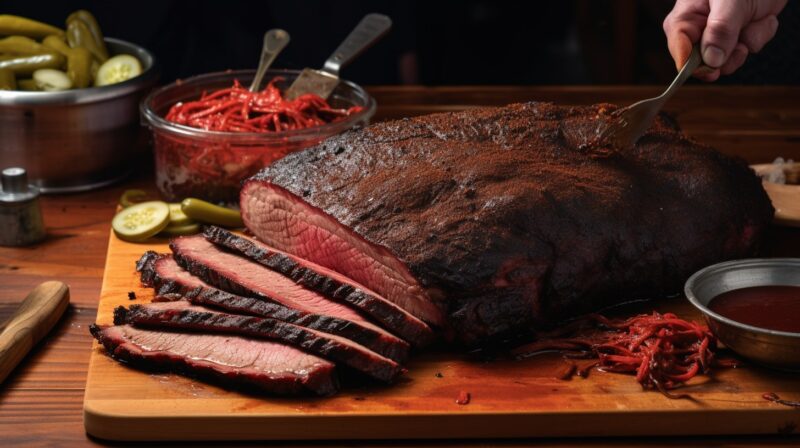
Every seasoned chef knows that meat, especially beef, tends to shrink during cooking. This phenomenon can affect the final serving size, so it’s essential to account for it when purchasing.
Why is Shrinkage Relevant?
Meat is composed of water, fat, and protein. As it cooks, the water evaporates, and the fat renders out, leading to a reduction in size. On average, you can expect a 25% to 30% reduction in weight after cooking. So, if you start with 4 pounds of raw meat, you might end up with about 3 pounds of cooked meat.
Methods of Cooking
The method you choose to cook your beef can also influence its final weight. Slow cooking methods, like smoking or braising, might result in more shrinkage compared to faster methods like grilling. However, slow-cooked meat often yields a more tender and flavorful result, making it a popular choice for many.
Serving Styles
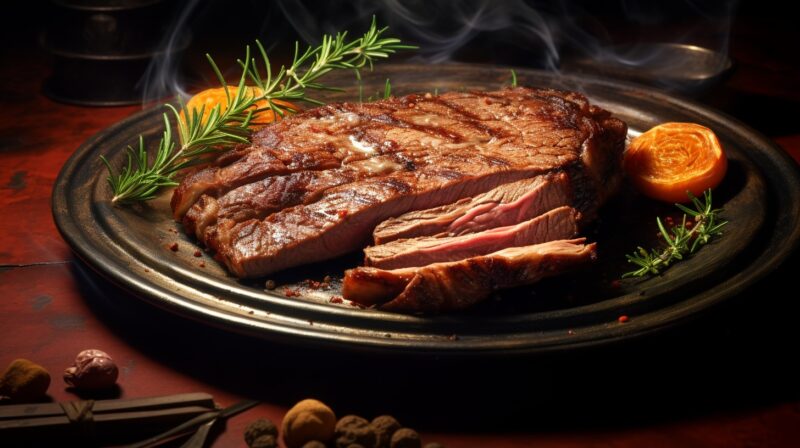
How you plan to serve your beef can also play a role in determining the quantity you need.
Traditional Plated Meals
For a traditional sit-down dinner where the beef is the main course, you’ll want to ensure that each guest has a satisfying portion. In this scenario, it’s better to err on the side of caution and have a bit extra rather than run short. A good guideline is to allocate 1/2 to 3/4 pound of raw meat per person.
Sandwiches and Sliders
If you’re thinking of serving the beef in sandwich or slider form, you can get away with a little less meat per person. Since the bread and toppings will bulk up the serving, you can estimate around 1/3 pound of raw meat per person. Remember to account for the shrinkage during cooking, as discussed earlier.
Accompaniments and Sides
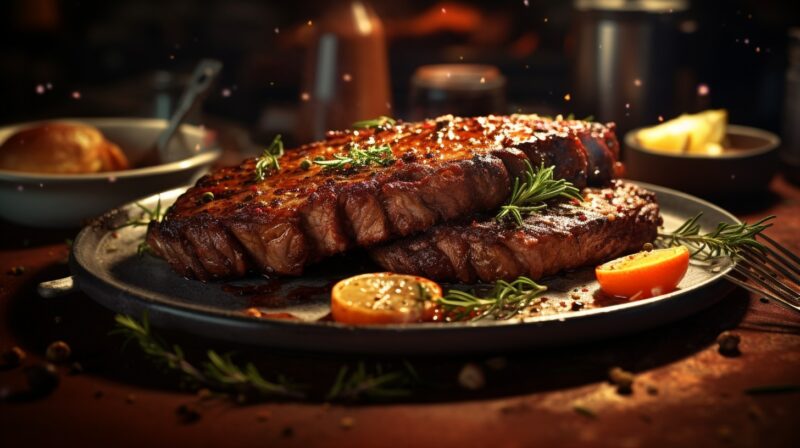
The beauty of serving brisket lies not just in the meat itself but also in the delightful accompaniments that enhance its flavor. The sides you choose can influence how much meat each guest consumes, so it’s essential to plan them wisely.
Classic Sides
Some classic side dishes that pair wonderfully with brisket include coleslaw, baked beans, potato salad, and cornbread. When you have a variety of sides on offer, guests tend to take smaller portions of meat. Here are a few popular choices:
- Coleslaw: A crunchy, tangy slaw can provide a refreshing contrast to the rich meat.
- Baked Beans: These are hearty and flavorful, making them a favorite at many barbecues.
- Cornbread: This slightly sweet, crumbly bread is perfect for soaking up those delicious brisket juices.
Vegetable Options
While brisket is undoubtedly the star of the show, it’s always a good idea to offer some vegetable sides. Not only do they provide a balanced meal, but they also cater to any vegetarians in the group. Grilled asparagus, roasted Brussels sprouts, or a simple green salad can complement the meat beautifully.
Storing and Leftovers
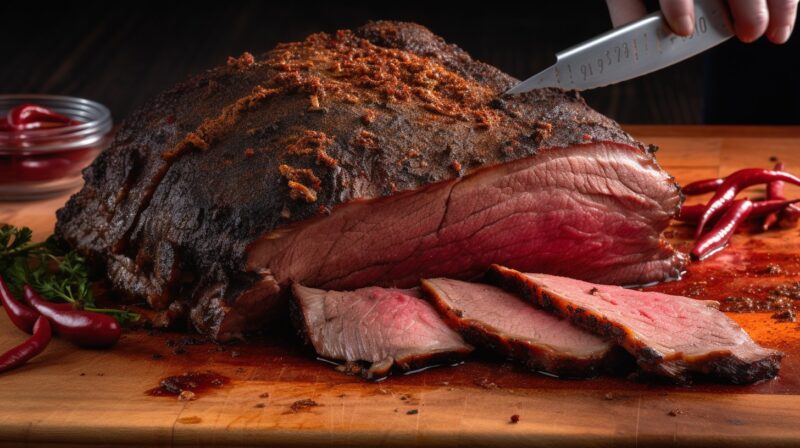
One of the joys of cooking a large cut like brisket is the potential for leftovers. However, to ensure that the meat remains delicious and safe to eat, proper storage is crucial.
Storing Tips
Once the meat has cooled down a bit, it’s essential to store it promptly. Here are some steps to ensure your leftovers stay fresh:
- Cooling: Allow the meat to cool for about 20-30 minutes after cooking.
- Wrapping: Wrap the meat tightly in aluminum foil or plastic wrap to prevent it from drying out.
- Refrigeration: Store the wrapped meat in the refrigerator. It’s best consumed within 3-4 days for optimal freshness.
Reheating
When it comes to reheating, doing it slowly and gently is the key. You can use an oven set to a low temperature or reheat it in a sauce to keep it moist. Adding a bit of beef broth or barbecue sauce can help retain its juiciness and flavor.
Preparation Techniques
Once you’ve got your perfect cut of brisket, preparing it right is half the battle won.
Here’s a brief overview of some popular preparation techniques.
Marinating and Rubs
Marinating or applying a rub to your brisket can infuse it with flavor. You can also inject your meat with sauces for a fuller taste. While some purists prefer just salt and pepper, others opt for more elaborate rubs with ingredients like garlic powder, onion powder, paprika, and brown sugar. If you’re marinating, giving it at least 12 hours allows the flavors to penetrate the meat deeply.
Slow Cooking vs. Grilling
Brisket is a tough cut of meat, and slow cooking can break down the connective tissues, making it tender. Methods like smoking or using a slow cooker can yield flavorful results. However, if you’re short on time, grilling is an option. Just ensure you keep it on indirect heat to avoid drying it out.
FAQs
How should I account for brisket shrinkage during cooking?
Meat, especially brisket, tends to shrink during cooking due to water evaporation and fat rendering. On average, you can expect a 25% to 30% reduction in weight after cooking.
What if I’m serving brisket in sandwiches or sliders?
For sandwiches or sliders, you can estimate around 1/3 pound of raw brisket per person since the bread and toppings will add bulk to the serving.
Does the cut of brisket make a difference in serving size?
Generally, no. Whether you choose a point cut or a flat cut, the serving size will be similar. However, the point cut has more fat and may shrink more, so you might want to buy a bit extra.
Can I prepare brisket a day in advance?
Yes, brisket can be prepared a day in advance. In fact, some believe that allowing it to sit overnight enhances the flavors. Just ensure proper storage to maintain freshness.
The Bottom Line
I’ve come to realize that while brisket is undeniably delicious, it’s the shared moments around the table that truly matter. Determining the right amount of brisket is just one piece of the puzzle in crafting a memorable gathering.
As you venture into hosting your own feasts, remember that it’s the laughter, stories, and connections made that will be cherished the most. With the insights from this guide, I hope you feel more confident in your preparations. Cheers to delightful meals and the memories they foster!
Related Posts:
- How to Cook Fresh and Frozen Pierogies: From Freezer…
- Writing A Feast: Tips For Crafting Engaging Food…
- 12 Best Wood for Brisket Smoking - From Smoke to Savory
- How Long To Let Brisket Rest & Why - Time-Tested Tips
- How Much Electricity Do Kitchen Exhaust Fans Use:…
- 12 Best Meat Injectors 2023 - What You Need To Know…

